OM, the native token of Layer-1 blockchain MANTRA, which focuses on real-world asset (RWA) tokenization, experienced a sudden and massive crash—plunging over 90% within an hour. The token’s market capitalization, once valued at $6 billion, evaporated almost overnight, triggering comparisons to the infamous Terra (LUNA) collapse.
Positioned as a Web3 infrastructure layer for RWA, MANTRA had earned the nickname "the Middle East Coin" and had gained over 700% in value over the prior year. The surge reflected growing interest in the RWA narrative—but also masked structural volatility beneath the surface.
The April 14 sell-off, which took OM from over $6.10 to below $0.50 in under four hours, erased between $5 to $8 billion in value. At the time, OM was not listed on major South Korean exchanges like Upbit or Bithumb, and local trading activity was minimal, limiting domestic investor exposure.

Following the collapse, MANTRA CEO John Patrick Mullin attributed the incident to cascading liquidations on a centralized exchange during a low-liquidity weekend. He denied any insider dumping, emphasizing that all tokens held by team members, advisors, and foundation participants remained fully locked.
However, blockchain analysts, including Lookonchain, flagged significant pre-crash movements: 43.6 million OM tokens (worth $227 million) were transferred to exchanges by 17 wallets. The transactions raised suspicions of insider activity and led to public outcry. X (formerly Twitter) users and Reddit forums circulated concerns about absent developers and delayed communications.
The project’s delayed response—issued over five hours after the incident—amplified community distrust. Glassnode data showed a 20% drop in realized market cap, and growing on-chain transfer volumes suggested significant offloading. Concerns about concentrated token ownership and opaque governance further undermined confidence.
To regain investor trust, Mullin announced the burn of 150 million OM from his personal allocation, followed by plans to retire another 150 million OM via partnerships—representing roughly 8.2% of the token supply. The total reduction would lower OM’s overall supply to 1.67 billion tokens. MANTRA also launched a real-time token dashboard and increased staking rewards to promote long-term holding.
On May 21, OM was listed on Upbit in KRW, BTC, and USDT markets—sparking fresh interest and debate. The listing drew particularly strong attention in the South Korean market, where the abrupt rebound after the crash triggered both renewed curiosity and intense skepticism. Questions quickly surfaced among local investors and industry insiders about the timing, due diligence, and motivations behind the listing, fueling broader conversations about the responsibilities of major exchanges in ensuring market integrity. While some viewed the listing as a vote of confidence in MANTRA’s recovery efforts and RWA potential, others questioned the timing. Upbit did not provide detailed reasoning for the listing, leading to renewed calls for greater transparency in exchange listing standards.
The OM crash underscores systemic risks when leveraged derivatives trading collides with thin liquidity. It also highlights the importance of transparent token distribution, clear policies against insider activity, and timely disclosure in building sustainable crypto projects.
Exchanges, too, bear responsibility beyond simple trade facilitation. The OM case demonstrates the need for rigorous and fair listing frameworks, especially in markets like South Korea where regulatory clarity remains limited.
Despite the scandal, the crash has reignited interest in RWA tokenization. Since listing, attention has returned to MANTRA and similar projects operating at the intersection of DeFi and tangible assets.
As of June 2, 2025, OM trades at approximately $0.315, with a market cap of $306 million—representing a 60% rebound from its lowest point.
MANTRA’s future hinges on its ability to deliver on its recovery roadmap and restore credibility. The episode may serve as a turning point, prompting both investors and regulators to demand stronger governance and transparency across the RWA and broader crypto sector.







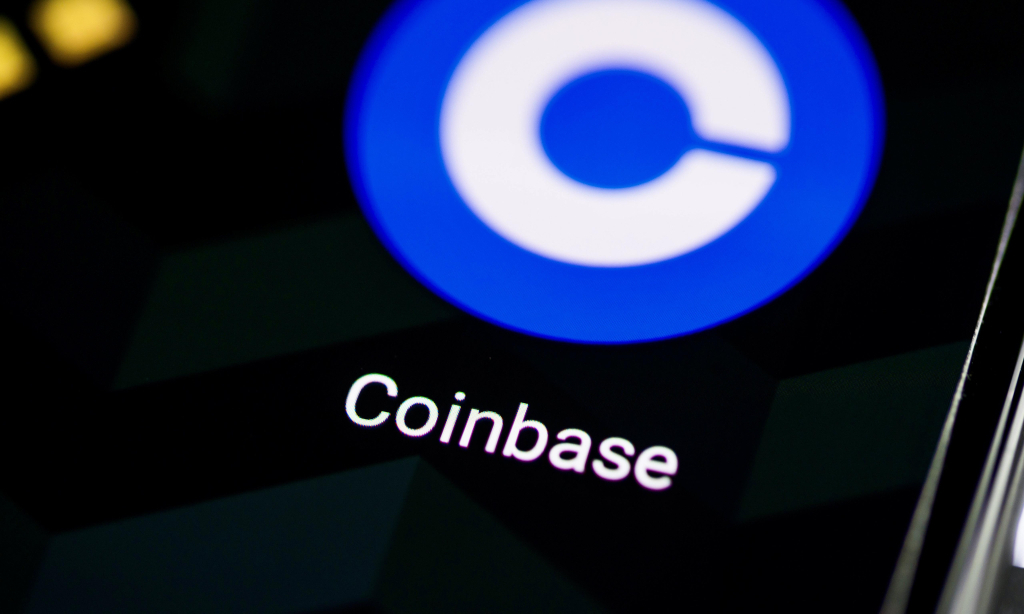
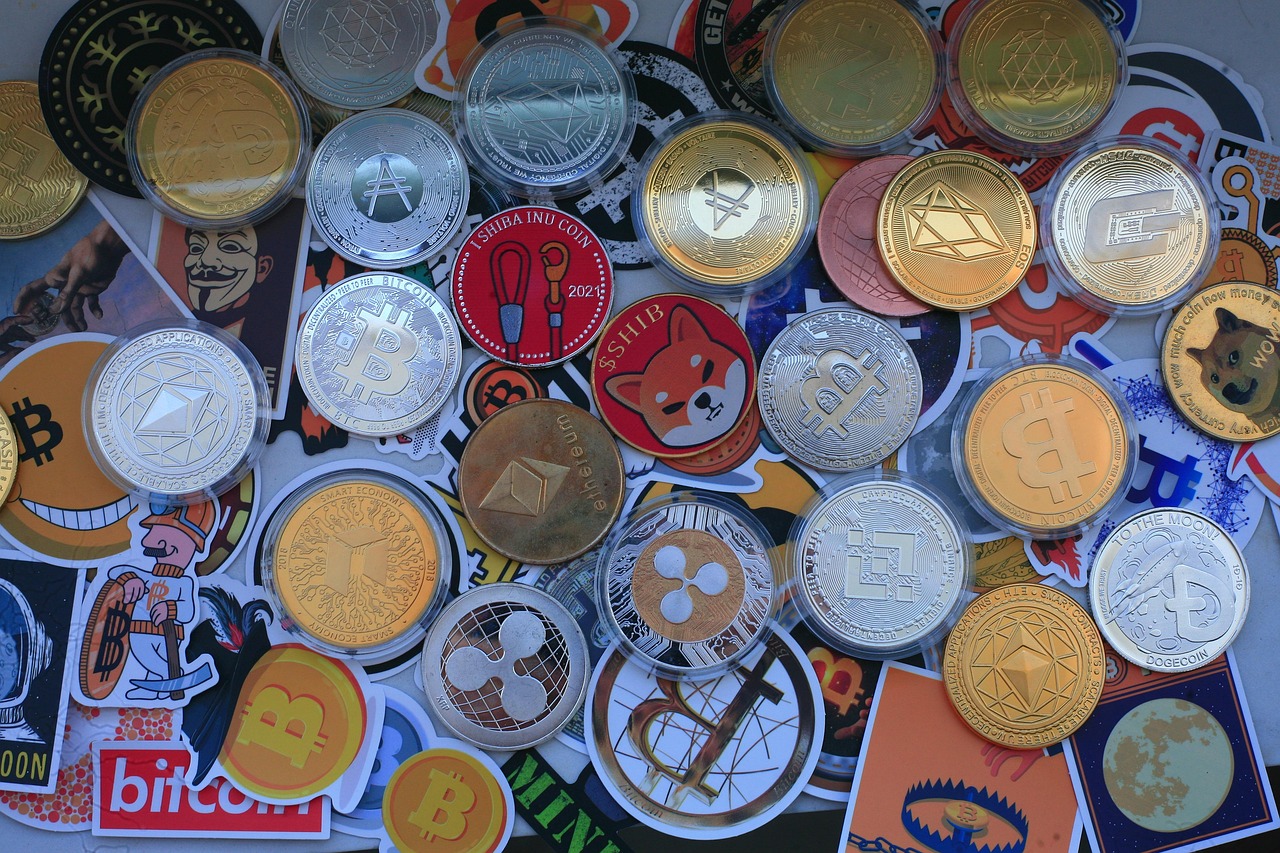
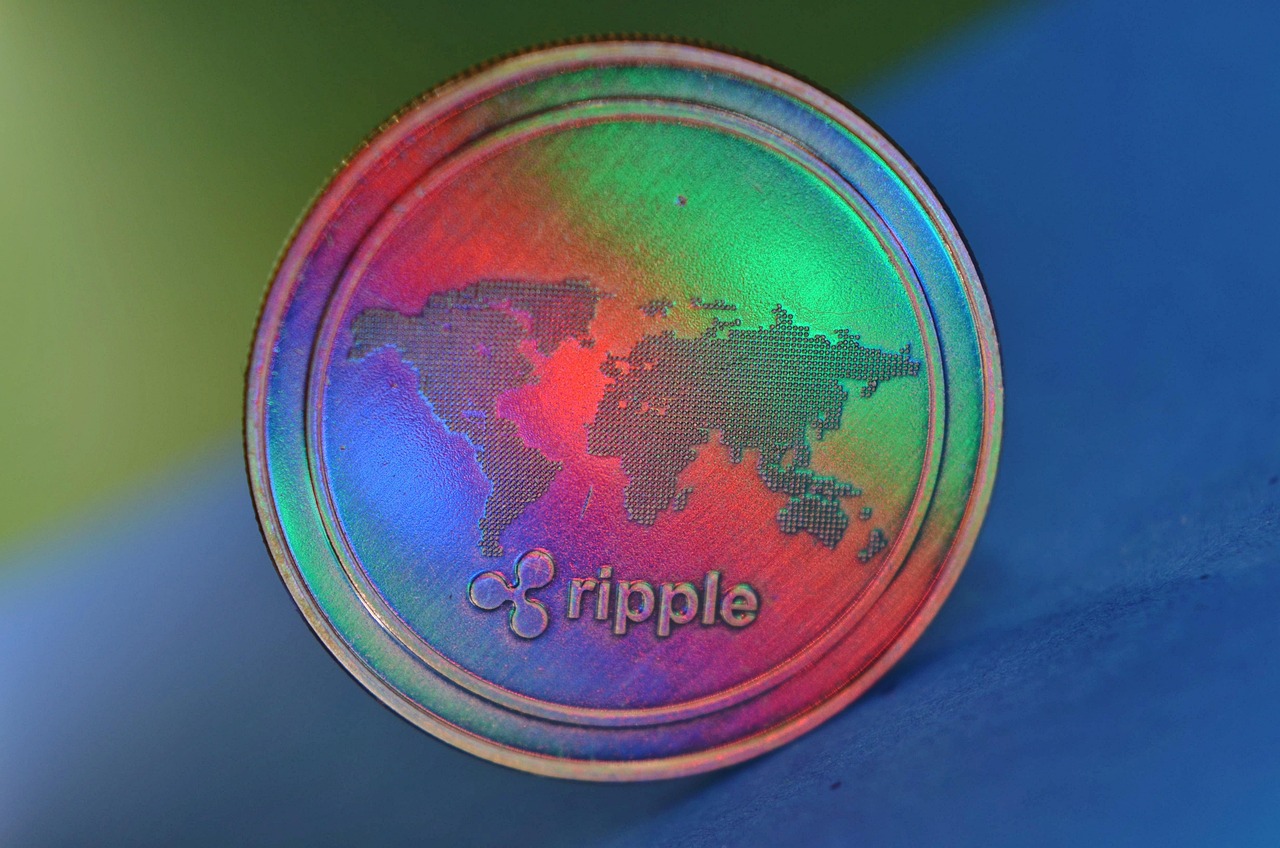

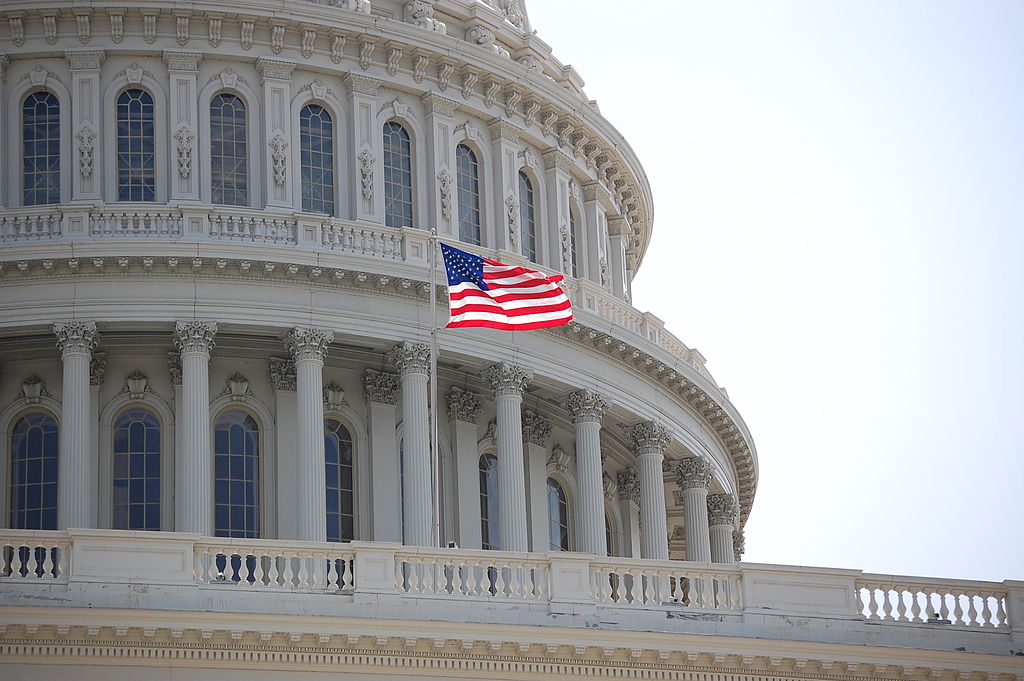
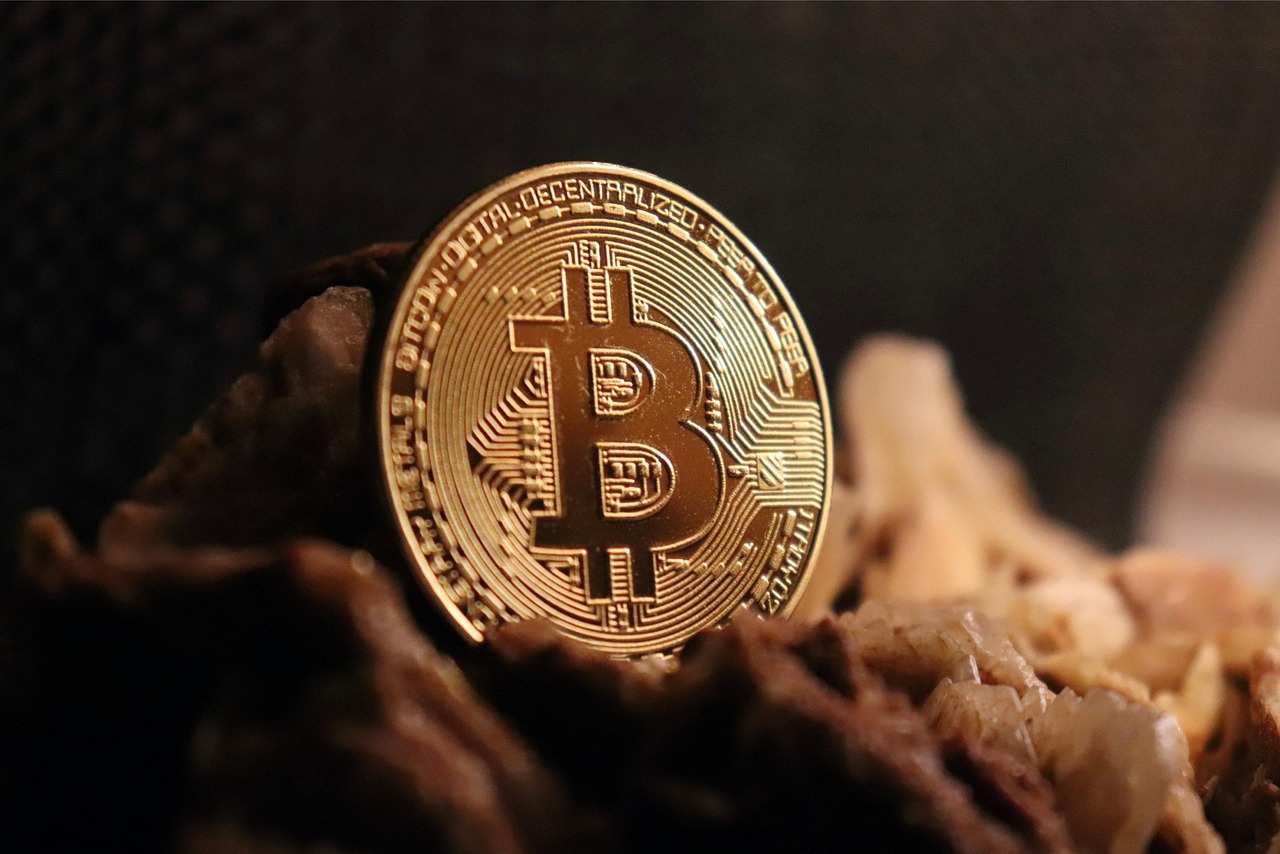


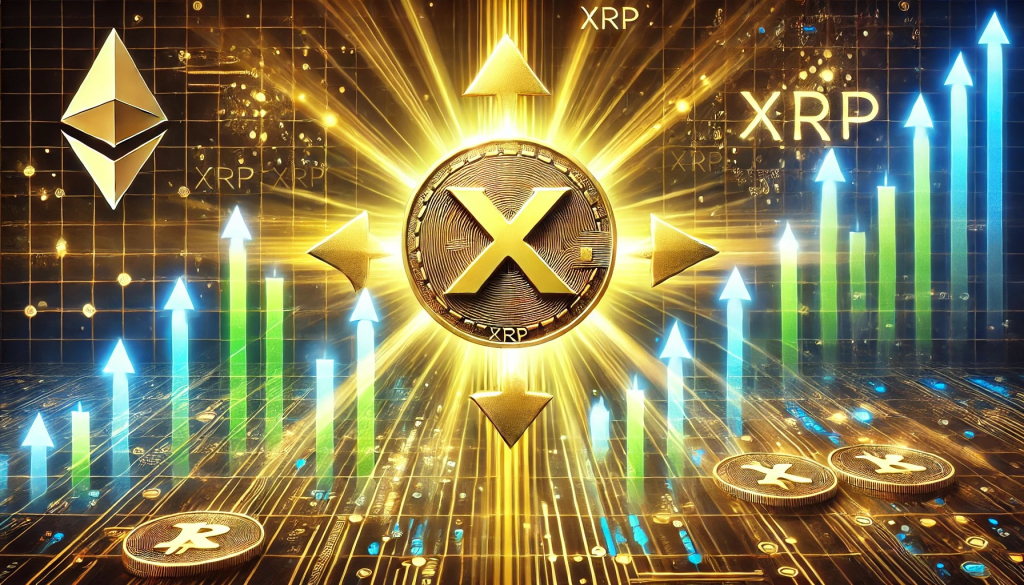


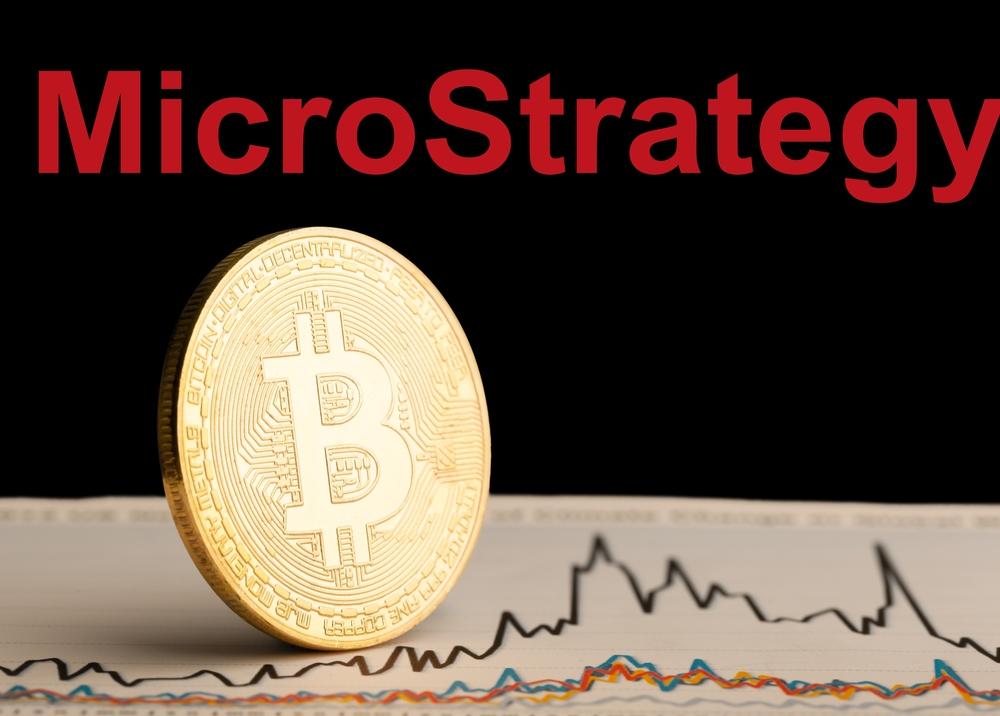
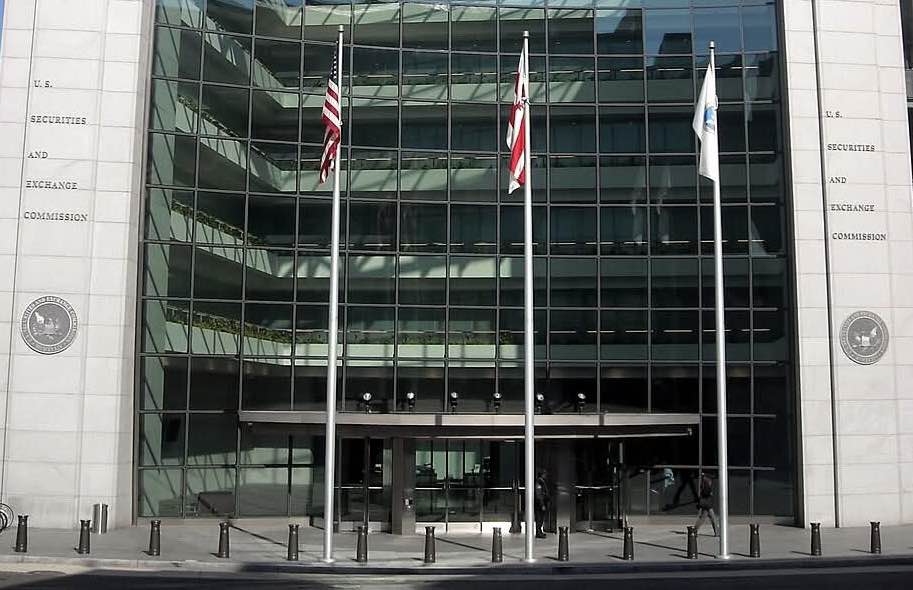
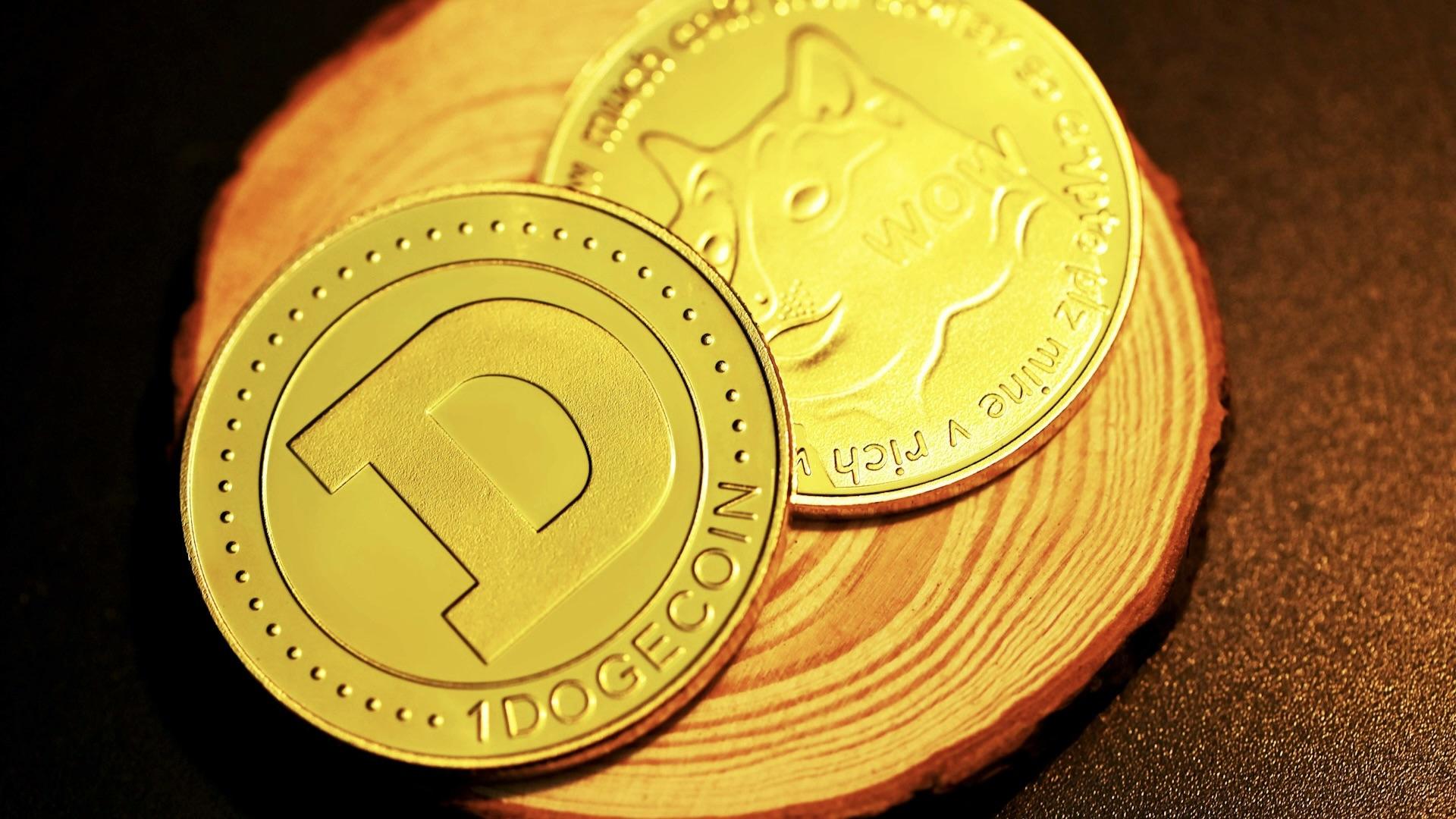

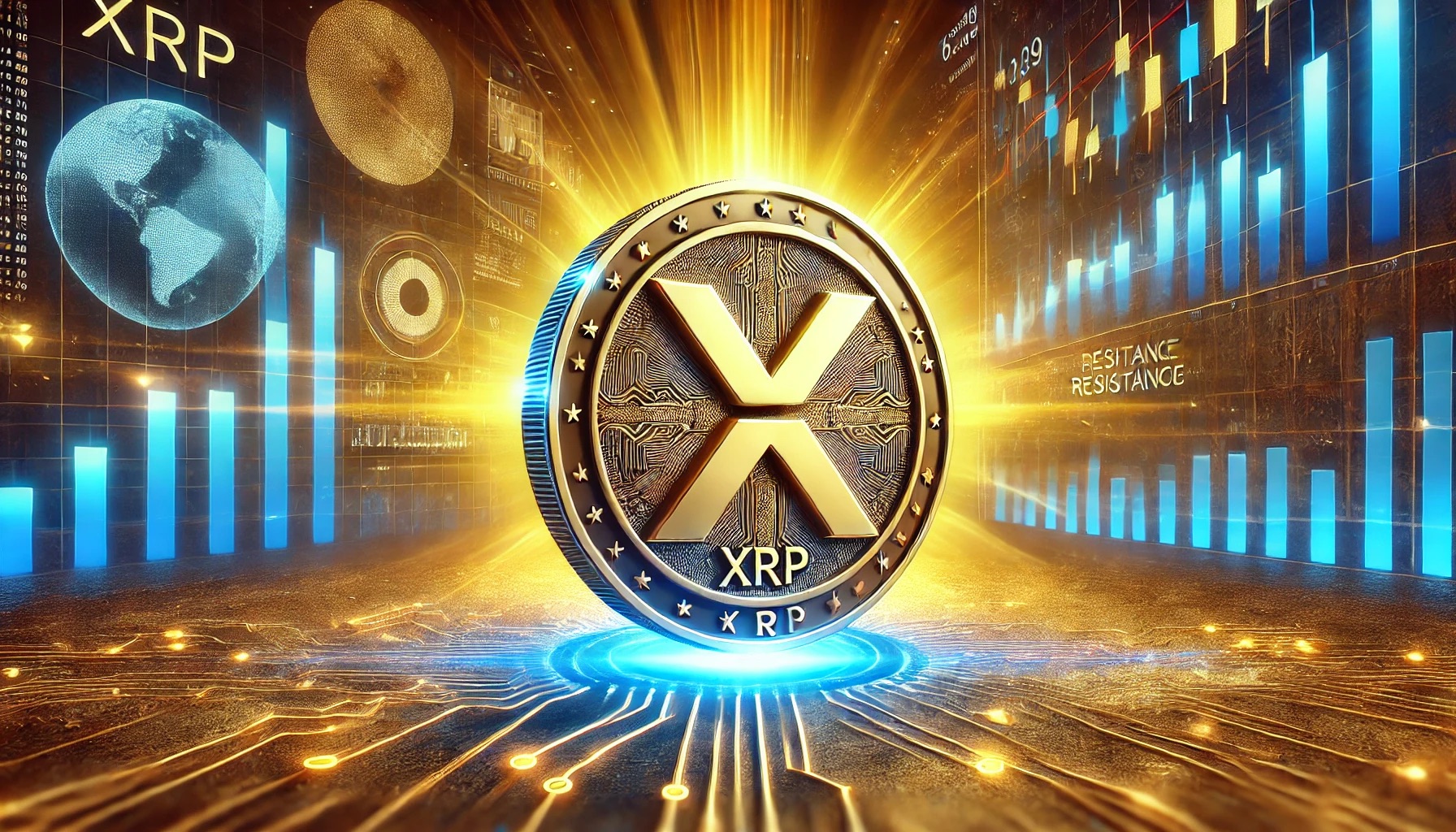
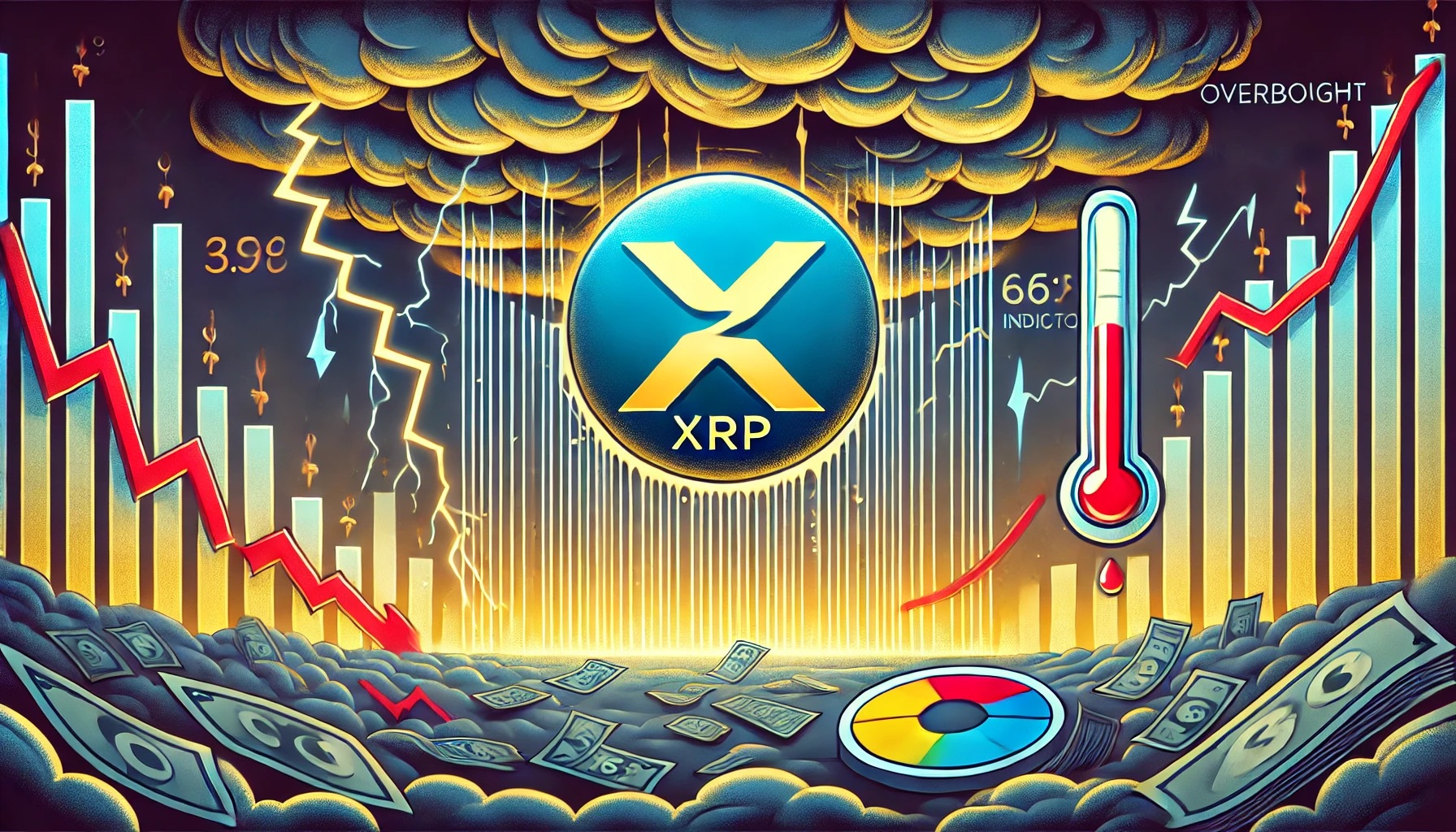

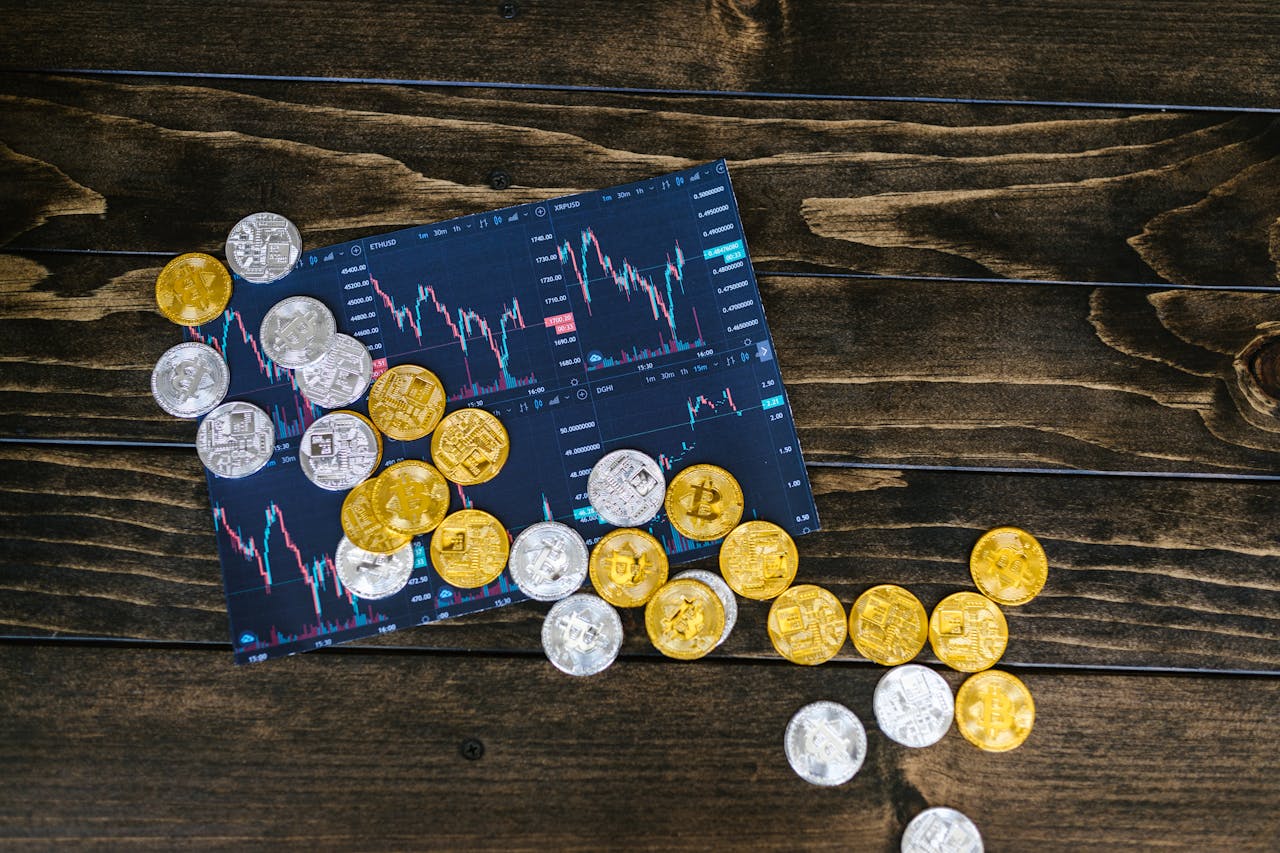

Comment 0